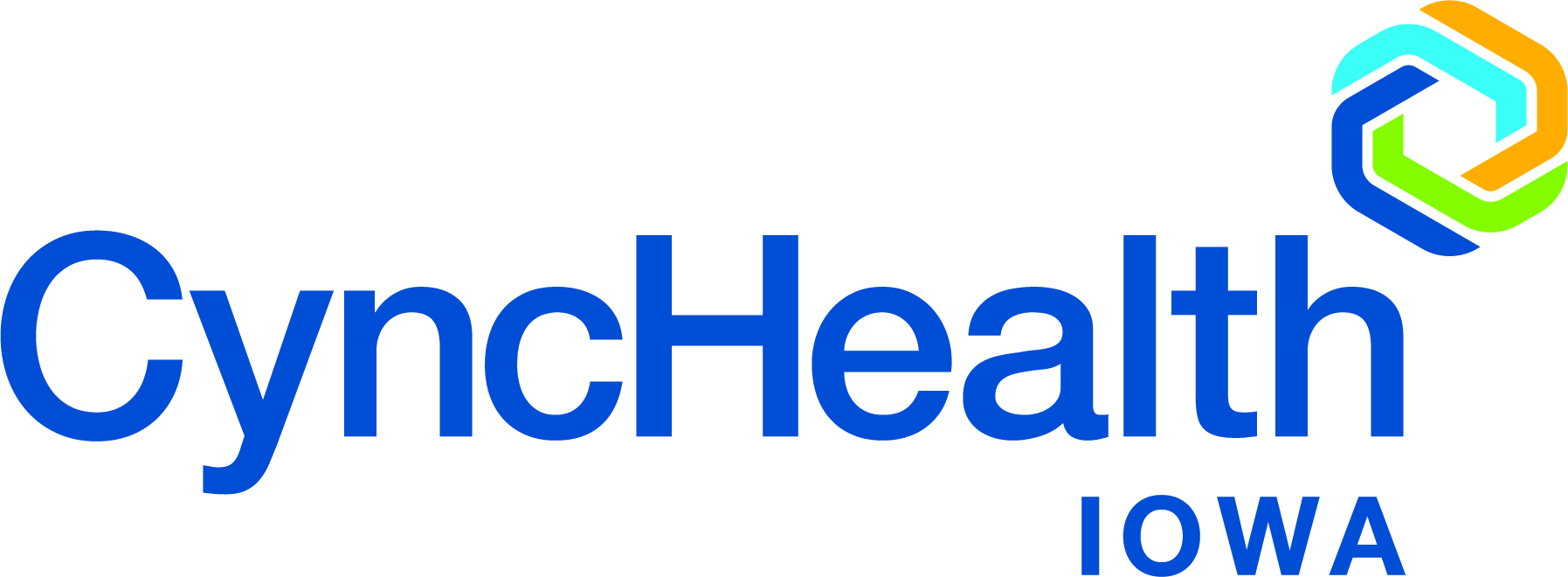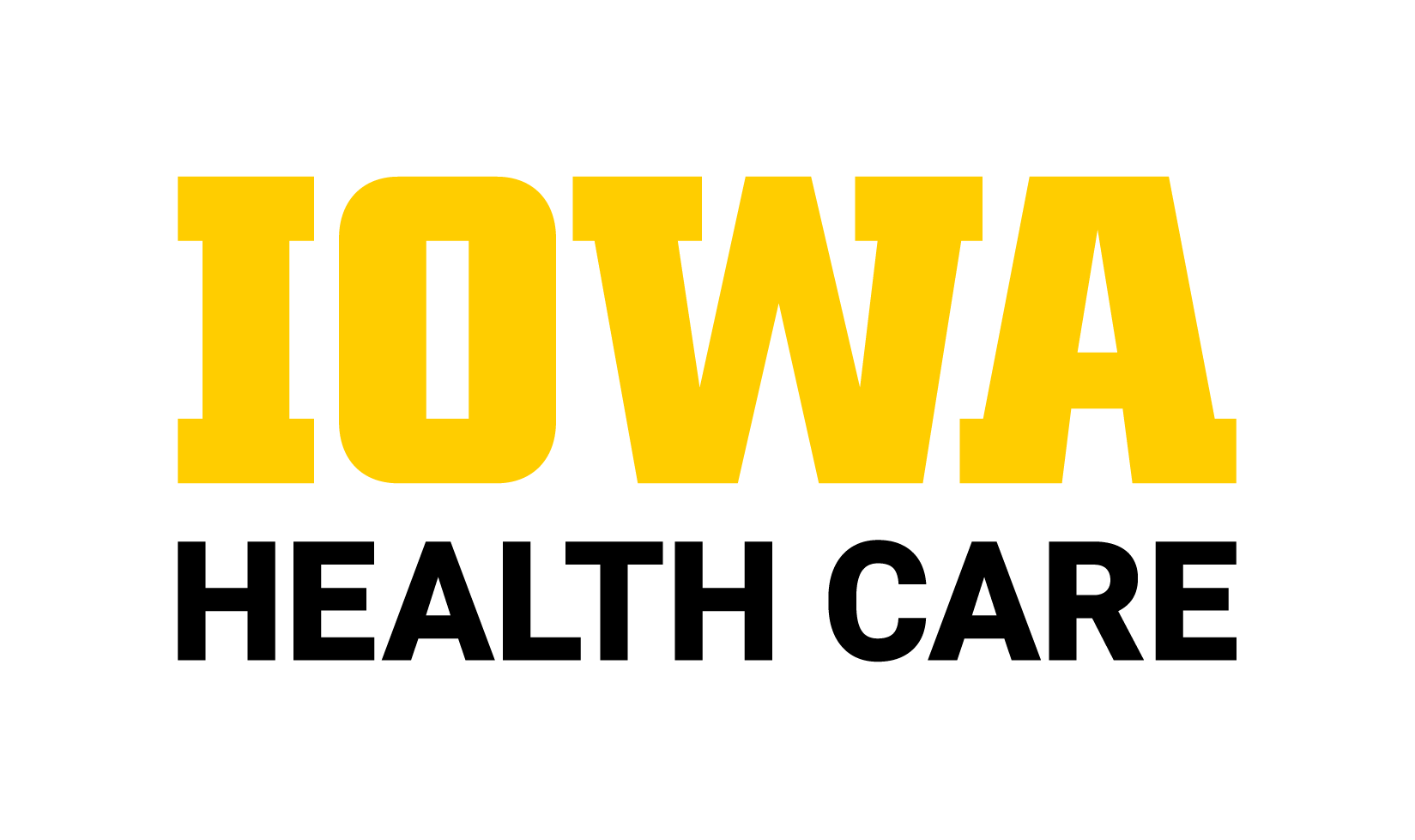Community health centers understand very well that a person’s mouth can impact their overall health. Challenges with oral health have been associated with poor diabetes and hypertension control, and the list of diseases that are impacted by poor oral health continues to grow.
Over the last 10 years, Iowa's health centers have increased their number of dental providers and patients they care for, experiencing a 200% increase in the number of patients receiving oral health services at health centers since 2015. Thirteen of Iowa’s health centers now offer oral health services. To support this work, the Iowa Primary Care Association is involved in several programs to expand and integrate dental care, including the Lifelong Smiles Coalition, the Oral Health Iowa Coalition, and the Midwest Network for Oral Health Integration (MNOHI).
MNOHI, a four-state collaborative network between Michigan Primary Care Association, Illinois Primary Health Care Association, Iowa Primary Care Association, and Ohio Association of Community Health Centers, is focused on integrating oral health services for children ages 6 to11 in health center settings. Nine of Iowa's health centers are currently involved in this five-year HRSA initiative to improve the oral health knowledge of medical providers and increase the number of referrals to dental clinics by medical providers for children at high risk for dental disease.
MNOHI is unique in that it focuses on oral health services offered by medical providers and their teams. Health centers have provided oral health education to medical providers and developed referral processes to the dental clinic that can be tracked. This will help patients prevent oral health disease and seek regular dental care, while using data around oral health to improve the care provided to patients. Health centers are also engaging in community health workers to provide additional oral health education to parents and make sure that families have the resources they need to get to dental appointments.
The future of integrated care looks bright as health centers continue to develop ways to improve patient care, create processes to refer patients from medical to dental, refer dental patients for medical care, and coordinate care between medical, behavioral health, and oral health.

















.png)

























